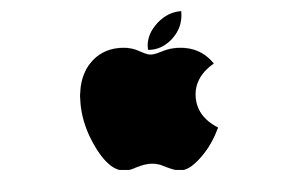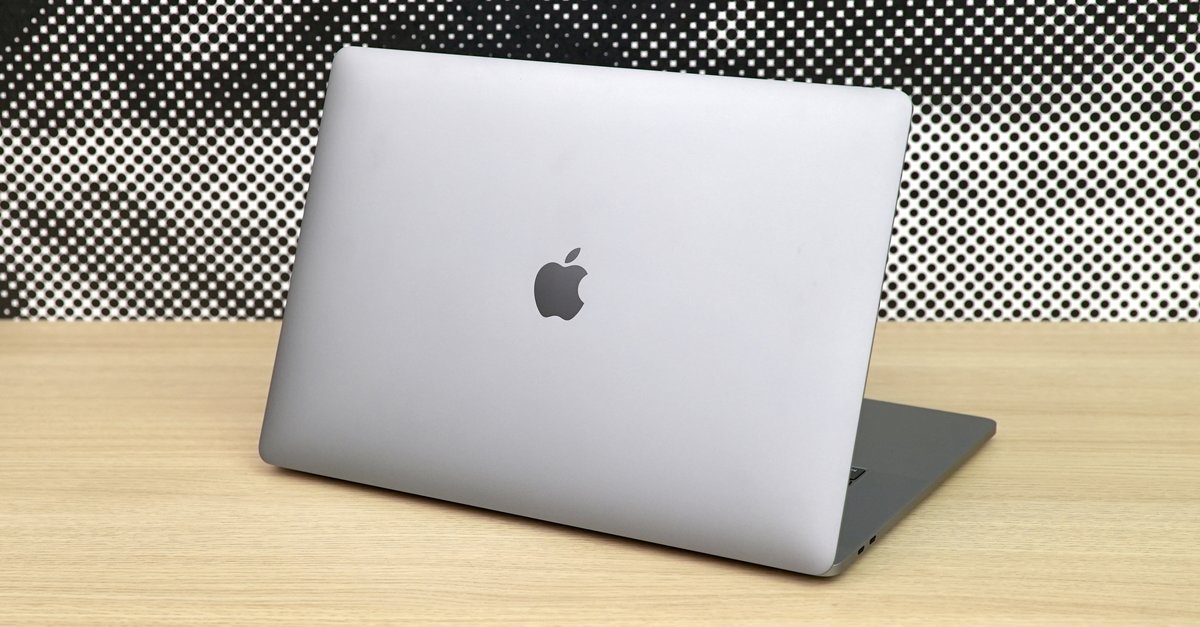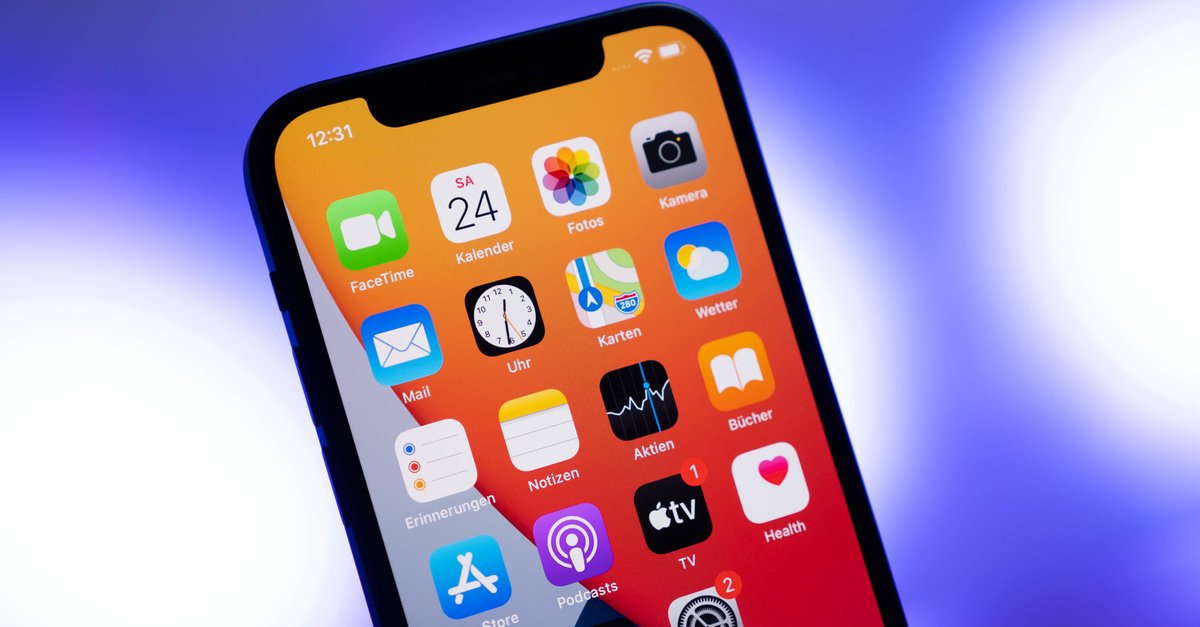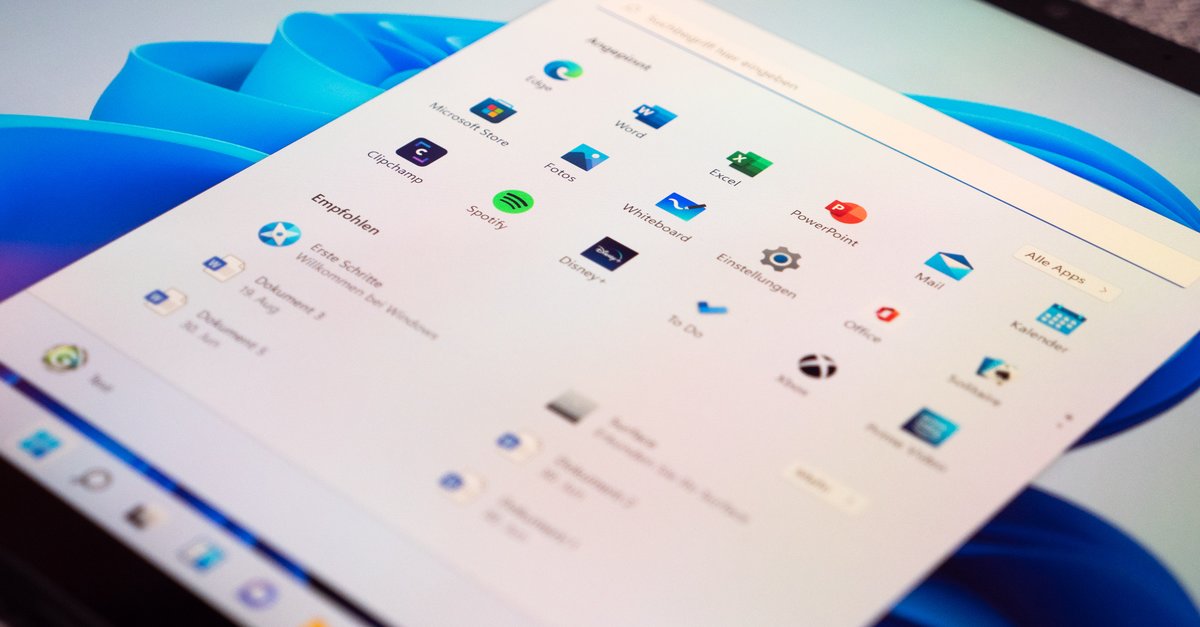Apple put everything on one card – and won
With the switch to its own processors, Apple has made a risky bet. Despite all prophecies of doom, leaving Intel seems to have been the right step. A number makes this particularly clear.

The US company has proven time and again in the past that Apple is not afraid to cut old braids. Apple showed a particularly high level of courage last year when it announced the departure of Intel chips in Macs after 15 years. Around four months after the market launch of the first Macs with M1 processors, it is time for an interim assessment – and it is extremely positive.
More and more apps support MacBooks with an M1 processor
According to Apple Insider 53 of the 100 most popular Mac applications now support the M1 chip natively. This is an impressive number, because the question of software compatibility hovered like the sword of Damocles over the switch to your own processors. Thanks to Rosetta 2, the majority of the Mac apps that do not yet have M1 support can also be run comfortably and easily. However, in order to be able to take full advantage of Apple’s in-house processors, native support for the M1 chip is necessary.
The comparison with Microsoft in particular shows how far ahead Apple is. With Windows 10 on ARM, Microsoft has been offering an operating system for several years that also supports energy-efficient processors based on the ARM architecture, which are comparable to Apple’s M1. The app developers have so far left this Windows version lying like lead on the shelves. Software support, especially for well-known programs, is virtually non-existent.
The new MacBook Air with M1 processor at a glance:
Apple’s risk was rewarded
For Apple, however, things are going like clockwork. The new MacBooks are convincing all along the line and even long-missed pro features such as an SD card reader could return in future versions of the MacBooks. The Californian company took full risk and was rewarded in the end.



